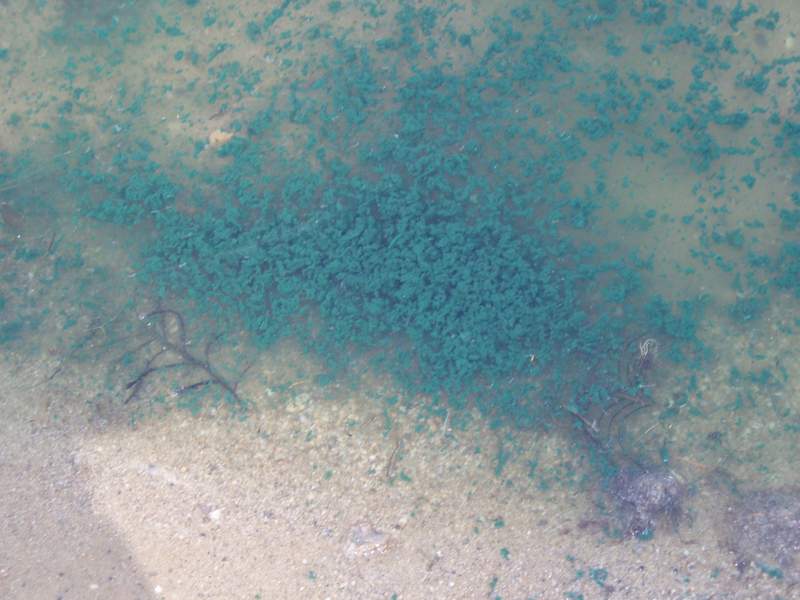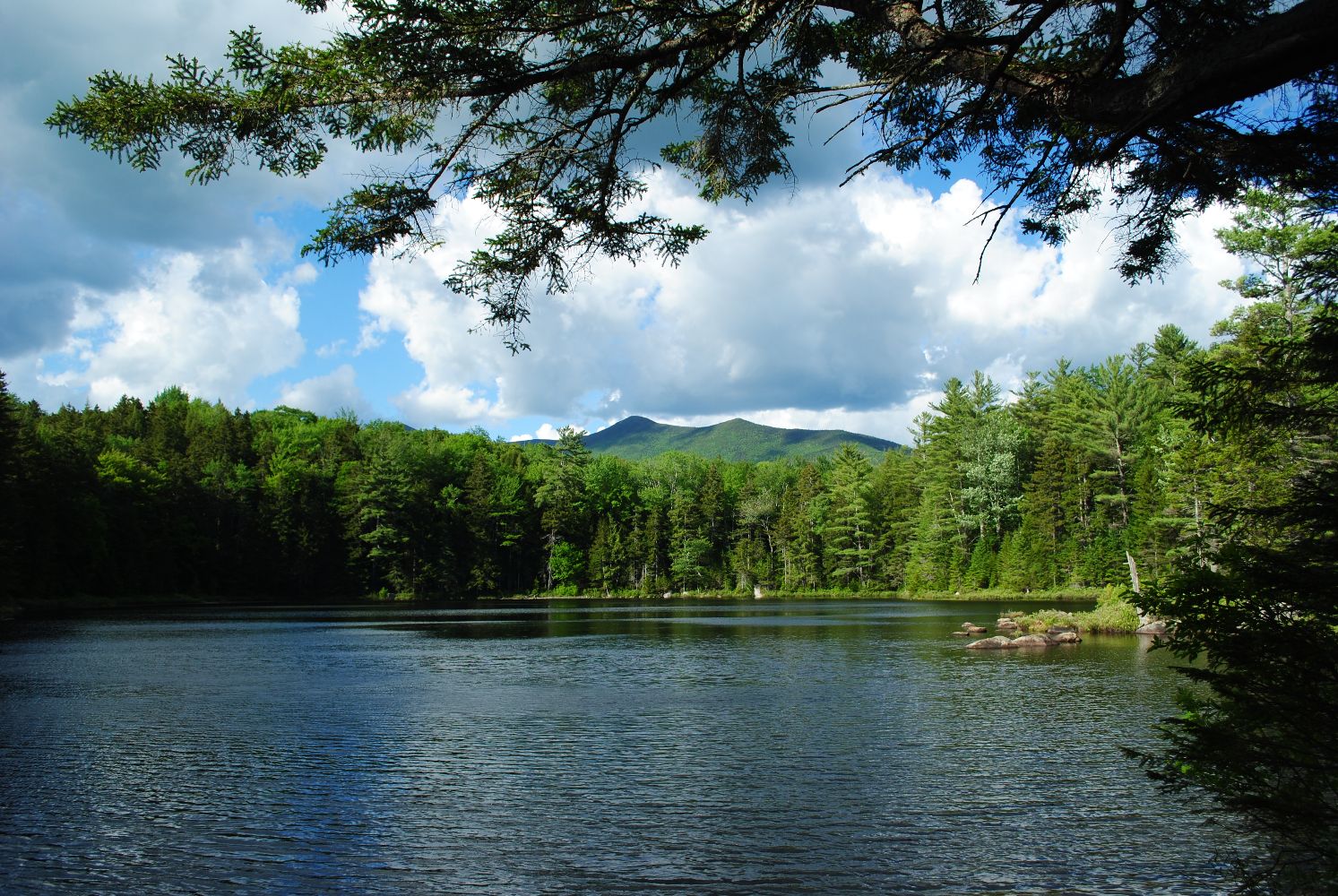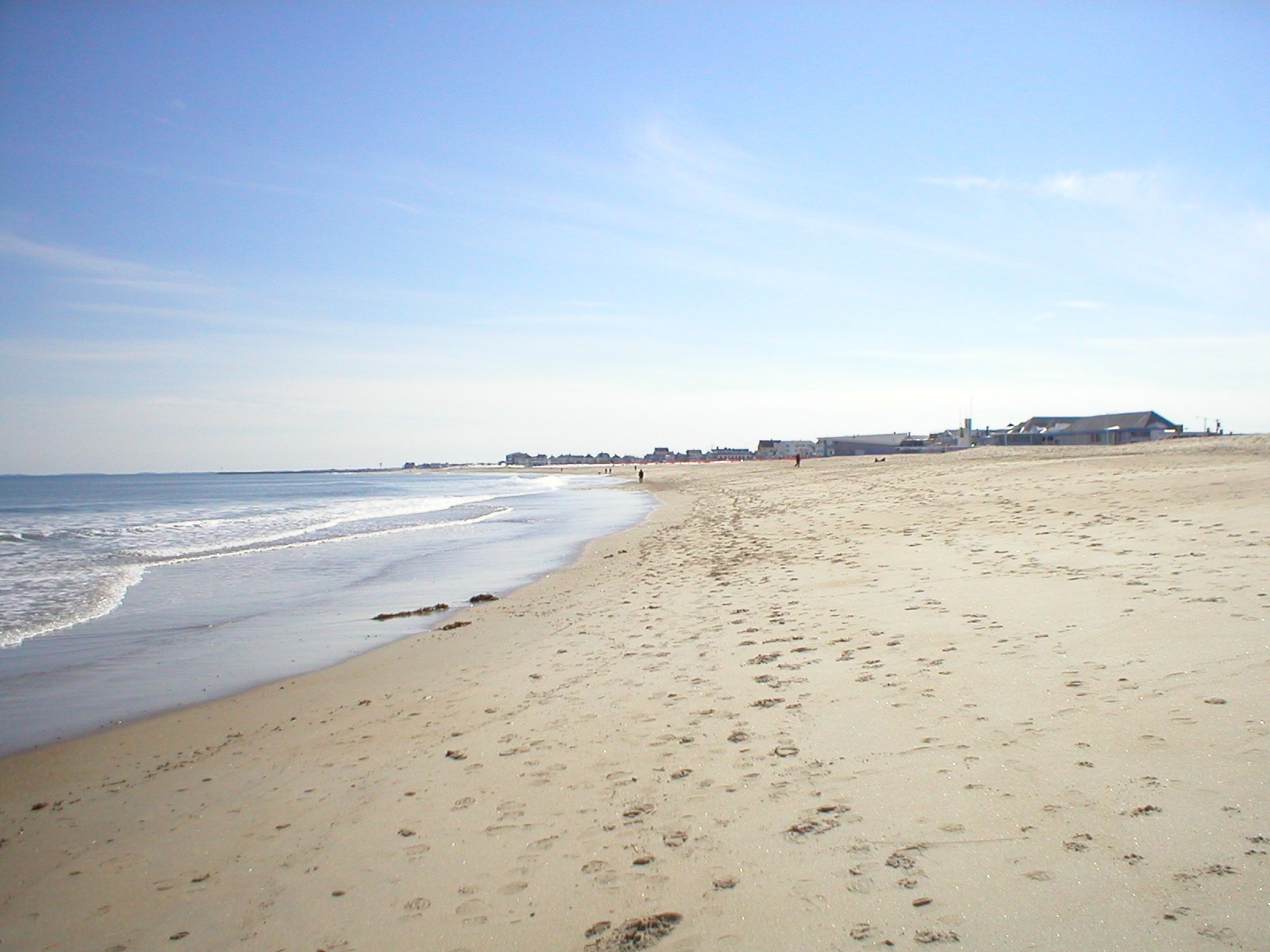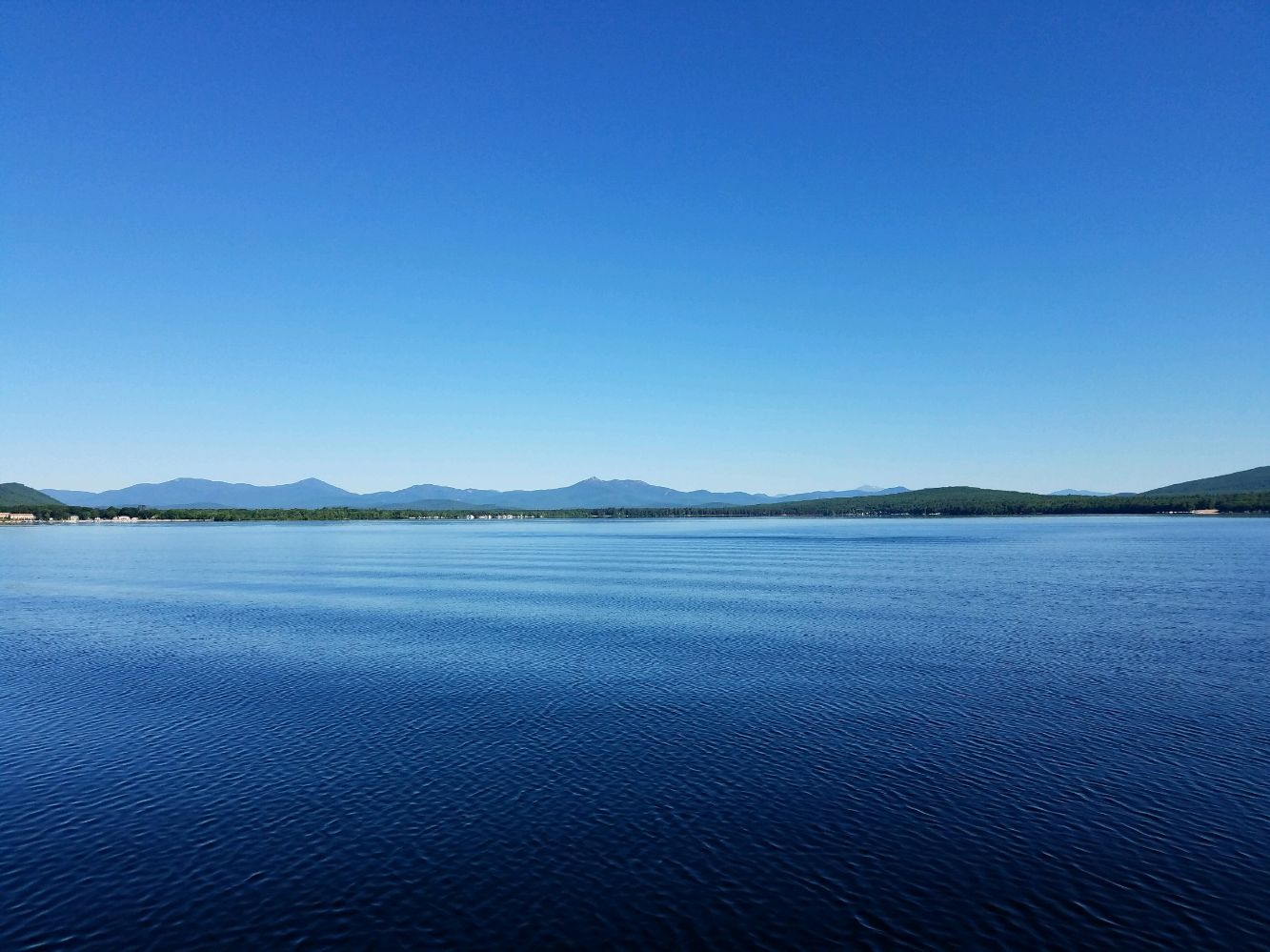Harmful Algal Blooms
Determining the frequency and extent of harmful organisms and associated biotoxin production in fresh and marine waters.
Cyanobacteria blooms are aesthetically displeasing in sight, odor and taste, as well as potentially toxic to domestic animals, livestock, wildlife and humans.
Cyanobacteria are a potential public health danger because they may produce toxins, collectively referred to as “cyanotoxins,” that can be consumed by organisms in the food chain and released into the water when cells die. However, the amount and type of toxin produced varies over time and from lake to lake. A cyanobacterial bloom may produce very little to no toxin in one lake, and a later bloom in the same lake could produce a large toxin concentration.
 Cyanotoxins can cause both acute and chronic illnesses, as these toxins target the liver, kidney and central nervous system, and can irritate the skin. Acute effects, such as skin and mucous membrane irritations, can occur after short-term exposure with water containing cyanotoxins. Chronic effects, such as liver, kidney and central nervous system damage, can occur over a long period of time from ingesting water containing toxins.
Cyanotoxins can cause both acute and chronic illnesses, as these toxins target the liver, kidney and central nervous system, and can irritate the skin. Acute effects, such as skin and mucous membrane irritations, can occur after short-term exposure with water containing cyanotoxins. Chronic effects, such as liver, kidney and central nervous system damage, can occur over a long period of time from ingesting water containing toxins.
NHDES’ Harmful Algal and Cyanobacterial Bloom Program coordinates monitoring, public communication and educational outreach efforts in regard to cyanobacterial blooms.
See a Bloom?
 If you suspect a waterbody is experiencing a cyanobacterial bloom, please submit a Bloom Report Form or scan the QR code at the right with your smartphone camera. Follow these steps to minimize immediate risks:
If you suspect a waterbody is experiencing a cyanobacterial bloom, please submit a Bloom Report Form or scan the QR code at the right with your smartphone camera. Follow these steps to minimize immediate risks:
- Don’t wade or swim or drink the water.
- Keep pets or livestock out.
- Wash your hands if you’ve made contact.
Report an Illness
If you or someone in your family (including pets) becomes ill or develops a rash after recreating at one of New Hampshire’s surface waters, you should first consult with your doctor. You can then submit a detailed report to help us track waterborne-related illnesses.
Drinking Water Exposure
In response to the growing concern about cyanobacteria as a threat to public health and an increase in reported bloom occurrences in New Hampshire waterbodies, NHDES now offers grants to help public water systems implement programs to monitor for potentially harmful cyanobacterial blooms. Additionally, NHDES’ CyanoHAB Response Protocol for Public Water Supplies provides guidance regarding how to respond should a bloom occur within a surface waterbody used as a source of drinking water.
New Hampshire’s Cyanobacteria Plan
House bill 1066, passed in the 2022 legislative session, directed NHDES to develop a plan to prevent the increase of, and eventually control, cyanobacteria blooms in New Hampshire’s waterbodies. The plan included input from a 17-member advisory committee and specifies the actions needed to achieve the legislative directive.
Did you know?
Did you know?
 If your favorite pond or lake turns green, or you see what looks like a blue-green paint spill, you can submit a Bloom Report Form or scan the QR code below with your smartphone camera.
If your favorite pond or lake turns green, or you see what looks like a blue-green paint spill, you can submit a Bloom Report Form or scan the QR code below with your smartphone camera.
Public Health Advisories
When fecal bacteria or cyanobacteria counts at designated public beaches are higher than the state standards, an advisory is issued, approximately 24 hours after sampling. Detailed sampling results are also available through the OneStop database.
Check out our interactive maps!
NHDES has developed a number of online mapping tools to help you find water quality data and information. There are three primary tools: the assessment mapper, the lake information mapper and the coastal atlas.

Surface Water Quality Assessment
- Spatial extent of assessment units.
- Sampling data locations.
- Access the Watershed Report Cards (a.k.a. 305(b)/303(d) assessment info).
- Run reports to access water quality data summaries used in the assessment process.
- View the extent of the EPA's 2017 MS4 General Permit Areas.

Find areas for shellfish harvesting and beach going
The Coastal Atlas is a tool to show information on shellfish bed closures, beach advisories and coastal public access in an easy-to-use format.
- Shellfish bed closures.
- Beach advisories.
- Coastal public access.

Water quality information of individual waterbodies
- Trophic studies.
- Lake TMDLs.
- VLAP reports.
- Ice cover history.
- Cyanobacteria bloom history.
- Watershed-based plans on lakes.
- Diagnostic feasibility studies.
- Invasive aquatic species information.
NHDES is hosting a series of webinars about the newly released “Cyanobacteria Plan: A Statewide Strategy.”
Presentation slides and recordings from webinars in this series are available to the public.
Administrative Rule
Stay up-to-date on harmful algal blooms in the state this summer! NHDES strongly recommends you utilize these resources prior to visiting a waterbody.
Sign up for our weekly updates
Weekly Updates
Related Content
Get Involved
How can you help? The Cyanobacteria Monitoring Collaborative is a coordinated monitoring effort to engage citizens in locating and understanding harmful cyanobacterial blooms.




